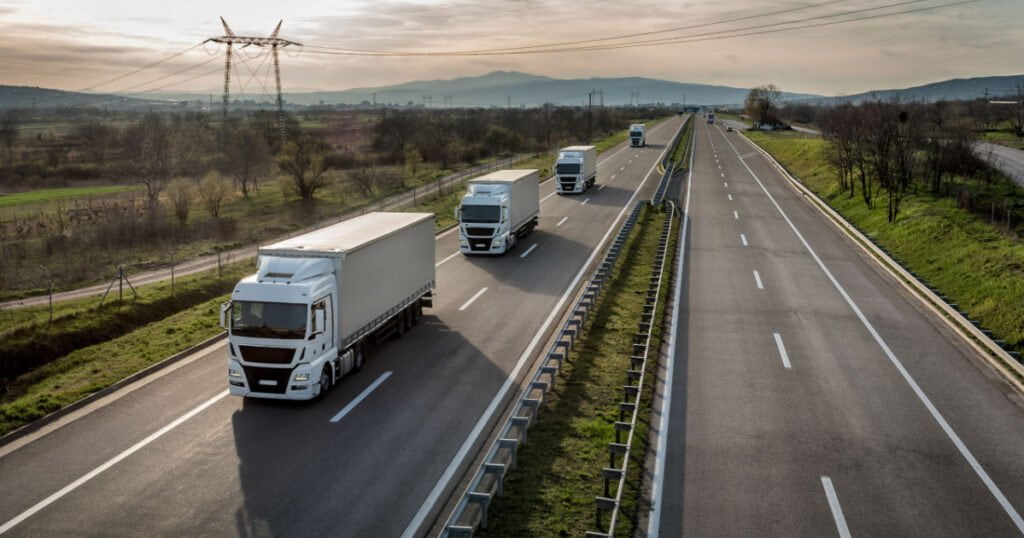AI Accident Prevention System: A Game Changer
What is an AI accident prevention system for fleets and how does it work?
The purpose of an AI accident prevention system for fleets is to reduce the risk of accidents involving fleet vehicles. This is achieved through the use of various sensors, cameras, and algorithms that can detect and analyze data related to the vehicle’s surroundings and driver behavior.
The AI system can monitor a variety of factors, such as vehicle speed, distance from other vehicles, lane positioning, and driver attentiveness. Based on this data, the system can alert the driver if it detects a potential safety issue, such as a sudden change in traffic patterns or the driver becoming drowsy.
The potential impact of AI accident prevention systems on road safety and accident reduction can be significant. These systems are designed to prevent accidents before they happen, by alerting drivers to potential hazards and taking proactive measures to avoid collisions. As a result, these systems can have a positive impact on both the number and severity of accidents on the road.

AI Accident Prevention System Components
AI accident prevention systems typically consist of several components that work together to detect potential hazards and prevent accidents. These components may include:
- Sensors: Sensors are used to detect and measure various parameters that are important for accident prevention. Some of the most common types of sensors used are radar, lidar,camera and ultrasonic sensors
- Algorithms: AI algorithms are used to analyze the data collected by sensors and identify potential hazards. These algorithms may be used to detect objects in the vehicle’s path, identify pedestrians, or analyze driver behavior.
- Control systems: Once a hazard has been detected, control systems can be used to take action to prevent an accident. These control systems may include automatic emergency braking, adaptive cruise control, or lane departure warning systems.
- Human-machine interface: A human-machine interface (HMI) is used to provide feedback to the driver and alert them to potential hazards. This interface may include visual or auditory warnings, or haptic feedback such as vibration.
Another important component is the processing unit, a device or component that is responsible for processing and analyzing data in a computer or electronic system. This unit serves as the brain of the AI accident prevention system, and is responsible for collecting data from various sensors, such as radar, lidar, cameras, and ultrasonic sensors. This data is then analyzed by sophisticated algorithms that can detect potential hazards and alert drivers to take corrective action.
The processing unit used in AI accident prevention systems is typically designed to handle large amounts of data and perform complex calculations in real-time. This allows the system to quickly analyze sensor data and provide real-time feedback to the driver.
AI algorithms are a crucial component of AI accident prevention systems as they can make decisions about the car’s movements to prevent accidents. The power of AI algorithms lies in their ability to learn and adapt over time. As the system collects more data and encounters new scenarios on the road, the algorithms can be trained to make more accurate predictions and better decisions.
Overall, the components of AI accident prevention systems work together to detect potential hazards and prevent accidents. By using a variety of sensors and algorithms, these systems can provide real-time safety information to drivers and take proactive measures to prevent accidents.
So How Can Your Fleet Benefit from AI Accident Prevention System?
An accident prevention system offers a range of benefits that not only contribute to improving road safety and preventing accidents, but also help fleets maintain their productivity levels while keeping their drivers and other road users safe. Here are some key benefits:
Improved safety:
The primary benefit is that it can improve safety on the road. By detecting potential hazards and taking proactive measures to prevent accidents, these systems can help reduce the risk of collisions and other accidents.
Reduced accidents and injuries:
By preventing accidents, these systems can also help reduce the number of injuries and fatalities on the road. This is particularly important for vulnerable road users, such as pedestrians and cyclists, who are at a higher risk of injury in the event of a collision.
Increased awareness:
By providing warnings and alerts to the driver, these systems can help improve situational awareness and reduce the risk of driver error. Driver awareness is key to road safety.
Reduced insurance costs:
By reducing the risk of accidents, these systems can lower the cost of insurance premiums and other related expenses for drivers and fleet operators.
Increased efficiency:
Reducing the downtime caused by accidents can also help increase the efficiency of a fleet. By preventing accidents, these systems can help ensure that vehicles remain operational and available for use, reducing the need for costly repairs and replacements.

Top 5 Challenges for Fleet Managers
While an AI accident prevention system can provide many benefits, there are also several challenges and considerations that need to be taken into account.
- Cost:
Implementing an AI accident prevention system can be expensive, particularly for small fleets. The cost of the system and the associated hardware and software can be significant, and ongoing maintenance and updates can also be costly. - Data privacy and security: AI accident prevention systems require large amounts of data to operate effectively, which can raise concerns around data privacy and security. It is important to ensure that the system is collecting and storing data in a secure manner and that appropriate measures are in place to protect sensitive information.
- False alarms: An AI accident prevention system can sometimes generate false alarms, which can lead to driver distraction and reduce confidence in the system. It is important to ensure that the system is accurately identifying potential hazards and providing useful alerts to the driver.
- Driver training: An AI accident prevention system can only be effective if the driver is properly trained on how to use it. It is important to provide training and education to drivers to ensure that they understand how the system works and how to respond to its alerts and warnings.
- Integration with other systems: An AI accident prevention system may need to be integrated with other systems, such as telematics or fleet management software, to provide a comprehensive view of fleet operations. It is important to ensure that the system can be integrated effectively and that data is shared securely between different systems.
AI accident prevention systems have the potential to make a significant impact on cars and fleets by reducing the risk of accidents, injuries, and fatalities on the road. By utilizing advanced sensors, powerful processing units, and complex machine learning algorithms, these systems can collect and analyze data in real-time to make decisions about a vehicle’s movements and alert drivers to potential hazards. While there are some challenges and considerations associated with implementing and using these systems, the potential benefits make them an essential tool for any fleet looking to prioritize safety and optimize operations.
To learn more about how Jungo’s AI accident prevention system VuDrive can help fleet managers stay ahead of the curve and reduce road accidents, feel free to contact our team.

